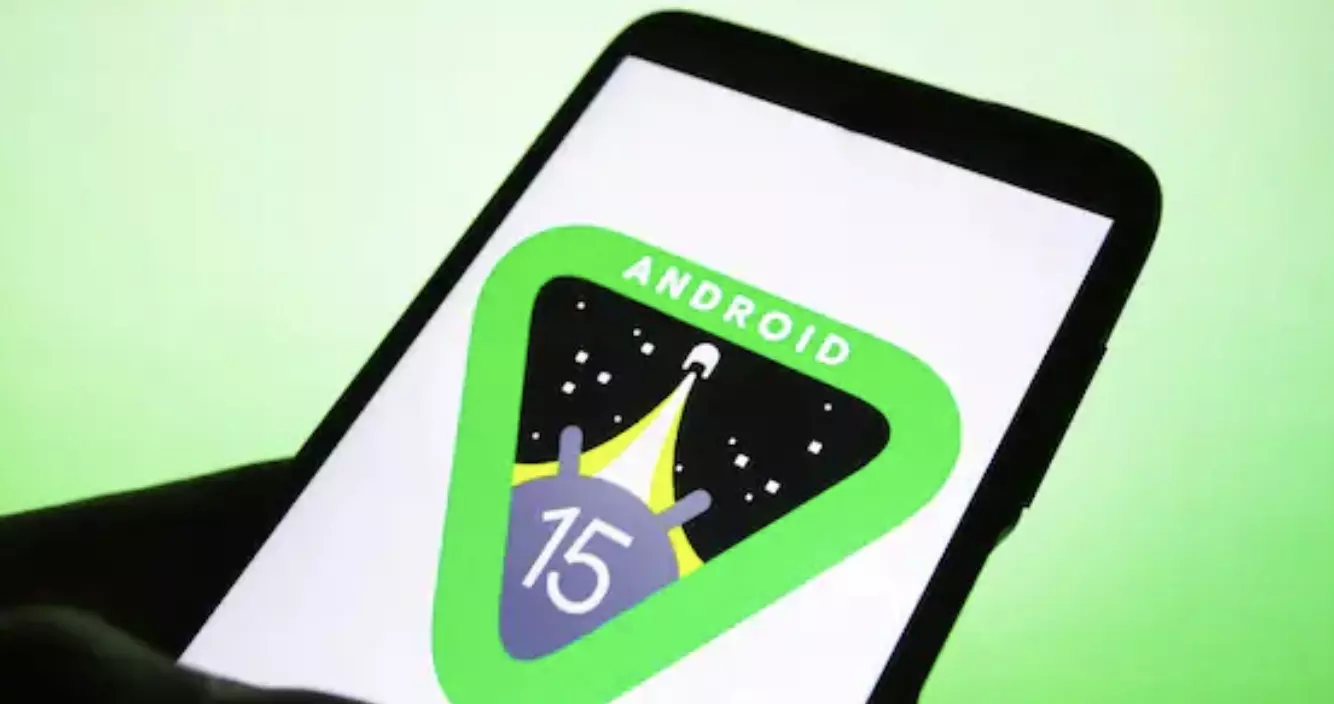Google increases RAM and storage requirements for Android 15
Google increases RAM and storage requirements for Android 15

Google is making some big changes to the minimum hardware requirements for devices running its Android operating system, starting with Android 15. These updated rules apply to both smartphones and tablets, aiming to improve the overall user experience — especially for budget-friendly devices that often struggle with limited performance and storage.
What’s Changing?
1. Minimum Storage Doubled
From Android 15 onwards, devices must have at least 32GB of internal storage to receive Google Mobile Services (GMS) certification. This is a big jump from the 16GB requirement set with Android 13.
75% of this storage must be reserved for the data partition, which stores user apps, data, and preinstalled system apps.
Devices with less than 32GB can still use the open-source Android (AOSP), but won’t get access to proprietary Google apps like the Play Store, YouTube, or Google Maps without meeting the new standard.
2. Higher RAM Requirements
Google is also tightening its memory policies:
Devices with 3GB of RAM will now be required to use Android’s Go Edition optimizations, previously meant for 2GB devices under Android 14.
Devices with 4GB RAM can optionally adopt these optimizations.
Phones with less than 2GB RAM remain ineligible for GMS certification.
Why It Matters
These changes directly affect entry-level Android smartphones and tablets, which make up a significant share of the global market.
By raising hardware requirements, Google aims to deliver:
Smoother performance
Better app compatibility
Improved reliability, even on affordable devices
However, this also means manufacturers may need to increase prices or upgrade their specifications, potentially impacting budget-conscious buyers.
Other New Android 15 Rules
In addition to storage and RAM changes, Android 15 introduces:
Emergency contact sharing during distress calls
Mandatory support for Vulkan 1.3 graphics API
Required integration of ANGLE libraries to translate OpenGL ES to Vulkan, enhancing gaming and graphics performance.
What It Means for Users
There are two key takeaways for Android users:
Good news: New Android phones — even entry-level models — will be more capable, smoother, and reliable thanks to better hardware standards.
Not-so-good news: Devices that don’t meet these new requirements won’t receive Android 15 updates or official Google services.

